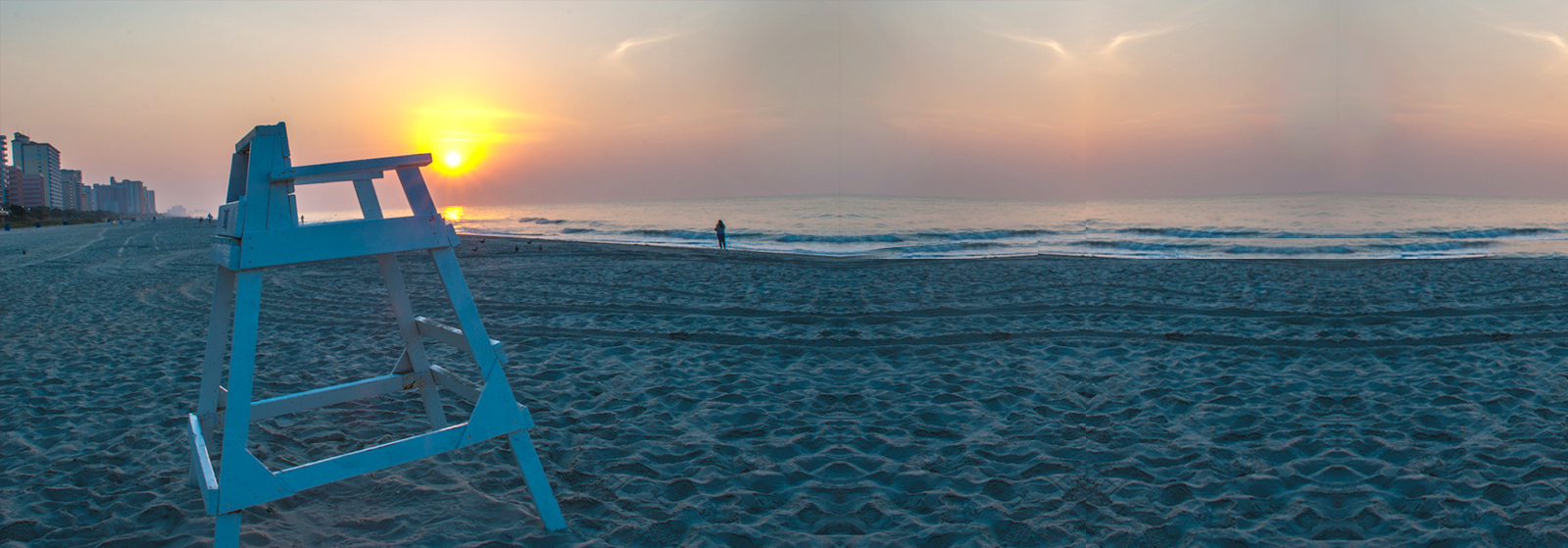

November 18, 2021 Water Safety
Swimming has multiple physiological and psychological benefits. Hence it is highly promoted by various schools and institutions. However, with rejuvenation comes the risk of drowning.
The year 2020 and 2021 saw a 20% spike in the rates. One of the major reasons drowning is scary is that it is hard to identify. To spot someone drowning requires more precision and experience than most lifeguards possess. This is why it is advised to appoint a lifeguard instructor and train the staff working near water bodies or swimming pools or else learn about lifeguard courses.
It is prevalent amongst kiddie pools or children near beaches. Identifying a drowning child can be a task. To always be prepared, let’s discuss how you can spot someone drowning and the signs you should
To begin with, you must identify whether the person is in aquatic distress or is drowning. Though both the conditions are serious, a person experiencing aquatic distress can ultimately save themselves by holding onto something.
A drowning person showcases silent signs that may not be easy to comprehend. As the person is struggling to avoid suffocating underwater, the signs appear subtle.
The following signs are visible and can save someone from drowning.
Silence: The person who is drowning will be silent and will hyperventilate. They will be occupied in catching their breath. In this muted reaction, one should look for panicked expressions.
Downward Movement of Arms: If drowning, the person will move their arms downward, as if trying to get hold of something.
Tilted Head: A drowning person will tilt their head back. Their body will be in a vertical position, but their head will be submerged in the water, and by tilting, they will prevent the water from entering their airways.
Floating With Face Down: This sign is of absolute concern if this position is stagnant for 30 seconds. It should not be considered as purposeful floating.
Position of the Hair: Hair over the forehead or the eyes indicates a person drowning.
Attempting to Swim but Failing: If you notice a person trying to swim in a direction but failing, run to rescue them.
Certified lifeguard instructors teach lifeguard training courses to apply the following steps once they spot someone drowning: Rescue the individual and remove them from the water without putting yourself in any harm.
Water safety is essential to ensure a peaceful swimming session does not end in a catastrophe. Swimming is a survival skill and is a must if you love being in the water. Swim only in the protected areas and with a friend to have a helping hand in any tense situation.
If you are a non-swimmer, ensure to wear safety equipment like life jackets. Remain cautious near water at all times. Lastly, ensure that a lifeguard is on duty while you swim.
West Coast Water Safety offers water safety courses in Australia, with certified lifeguard instructors and water safety experts. A lifeguard is mandatory near swimming pools and beaches. You can become a lifeguard with our offline courses for all ages. Enroll today!